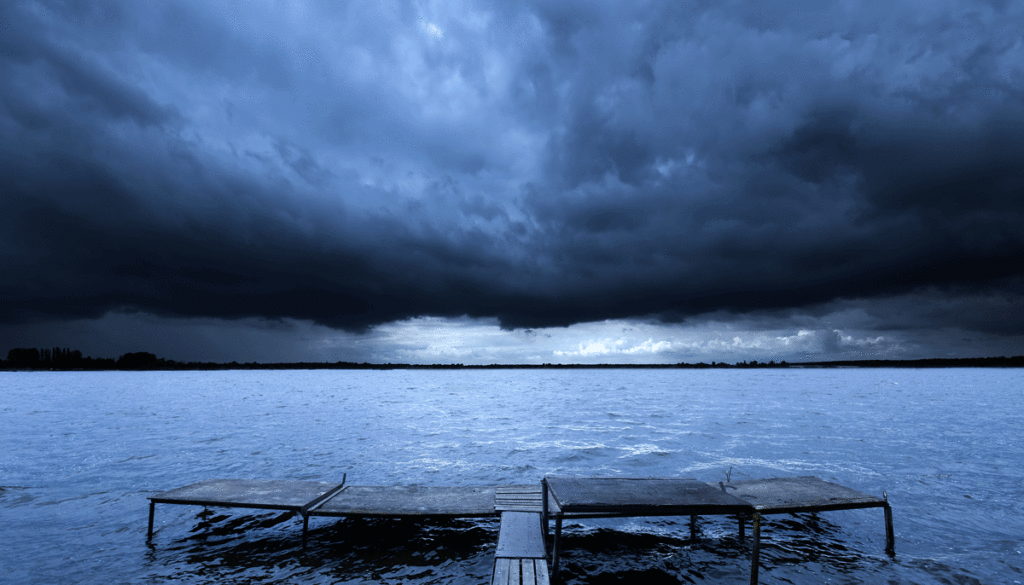Being struck by lightning isn’t exactly something people are lining up to try. If you ask a random assortment of people, they’re likely to tell you that being hit by a superheated channel of plasma from a thunderstorm is likely to simply kill you outright, leaving behind a smoldering lump of ashes.
However, lightning strikes aren’t actually deadly in most cases. Roughly nine out of ten victims of lightning strikes survive the encounter, though often with some serious health side effects and nasty burns as a result of their run-in with elemental forces.
So, what’s the truth about lightning strikes? Why aren’t they as dangerous as you might think, and what are the real risks of direct contact with the fury of a storm?
Surviving the Strike
The majority of lightning strike victims survive the event. This isn’t to say that it’s a pleasant experience, or that they shrug the bolt off like it was nothing. In most cases, victims are badly injured by the strike, and most develop an immediate case of both cardiac and respiratory arrest. The reasoning for this is simple to explain, but complicated in its mechanics.
The short version is that your body’s cells all need to receive electrical signals to do their jobs. When a person is hit by lightning, their cells are overloaded with electricity, which causes the heart and lungs to freeze from an overload of signals. In most cases, people who die from lightning strikes don’t die from being obliterated by the lightning, but instead from either respiratory or cardiac arrest.
Another factor in the high survivability rating of lightning strikes comes from the fact that few people are ever directly hit by lightning: most strikes are “contact” encounters, where an object the person is touching is struck and the current passes into them.
Immediately After
A person’s chances of surviving a lightning strike are greatly increased if someone begins CPR on them immediately after the bolt dissipates. This is safe because the person doesn’t retain a charge after the strike. The sooner CPR is started, the better: respiratory arrest is the leading cause of death in people who are struck.
The person should be transported to a hospital as soon as possible. There are numerous health conditions that could develop as a result of the strike, so a medical examination is strongly advised.
Lingering Effects
Just surviving the strike isn’t a guarantee that all is well. Three-quarters of all people who survive a lightning strike develop lingering aftereffects that range from personality changes to failing vision and cataracts. Another common injury in lightning strike victims is ruptured eardrums. Other physical issues may include burning and a spiderweb-like scarring pattern where the electricity once scattered through blood vessels.
The majority of lingering effects are neurological. The overload of electricity to the brain can cause lasting problems, like memory issues, trouble sleeping, irritability, dizziness, and even chronic lingering pain.
Remember to go indoors when a lightning storm kicks up, and never hold metal objects during a storm!









